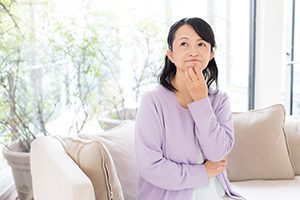 Osteoporosis, the loss of bone mass as we age, could affect half of all Americans over 50 by 2020. It is defined as bone loss of about 25 percent, which results in fragile bones that fracture easily. Its reputation as an old person’s disease stems from the fact that bone loss doesn’t hurt and osteoporosis victims can go years without a clue they are susceptible to the condition.
Osteoporosis, the loss of bone mass as we age, could affect half of all Americans over 50 by 2020. It is defined as bone loss of about 25 percent, which results in fragile bones that fracture easily. Its reputation as an old person’s disease stems from the fact that bone loss doesn’t hurt and osteoporosis victims can go years without a clue they are susceptible to the condition.
You can guard against bone loss even if factors outside your control put you in one or more of these high-risk groups: women, seniors, whites and Asians, those with osteoporosis in the family, people with less than average estrogen exposure, or those with slim or thin-boned frames.
Treatment for certain ailments can also increase your osteoporosis threat:
- corticosteroid medications for chronic illnesses like asthma and psoriasis
- anticonvulsants and blood thinners
- chemotherapy or aromatase inhibitors for breast cancer
Thyroid hormone, either produced by an overactive thyroid gland or taken to supplement gland underactivity, can bring on osteoporosis, as can many kinds of digestive disorders.
FIGHT BACK! Increase your intake of calcium and vitamin D; don’t drink to excess; don’t smoke; exercise regularly; don’t starve yourself. Get a bone mineral density test, especially if you’re in one or more of the high-risk groups.
Osteoporosis can be treated. Your doctor may prescribe bisphosphonates, raloxifene, calcitonin, teriparatide or (for the short term) estrogen. If you’re being treated for osteoporosis, we need to know. We’ll work with you and your primary care doctor to keep you healthy right down to the bone.
